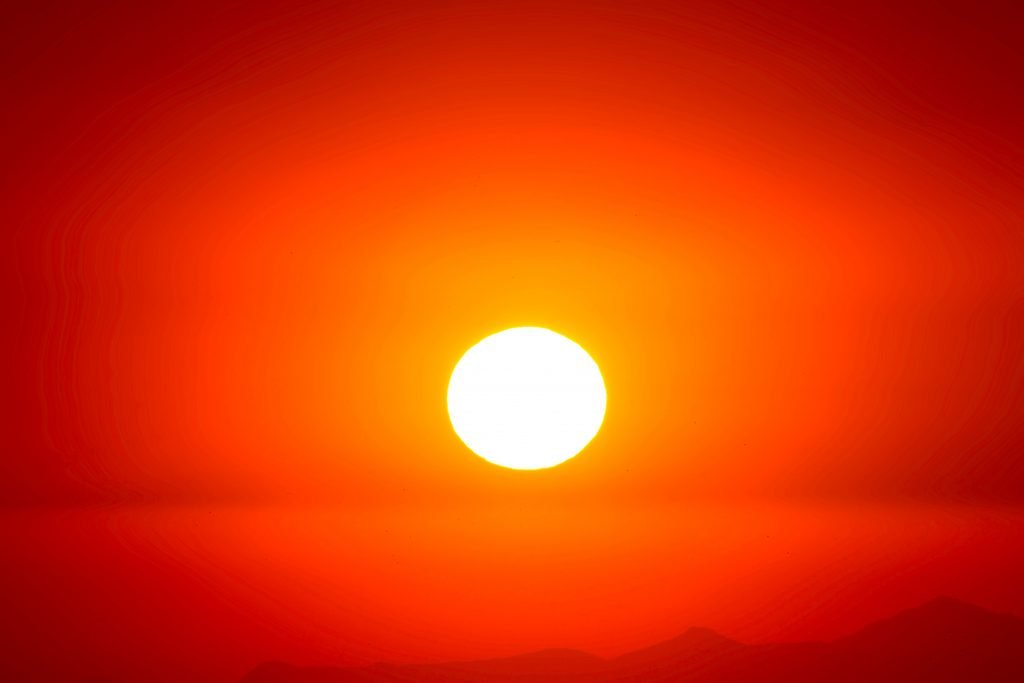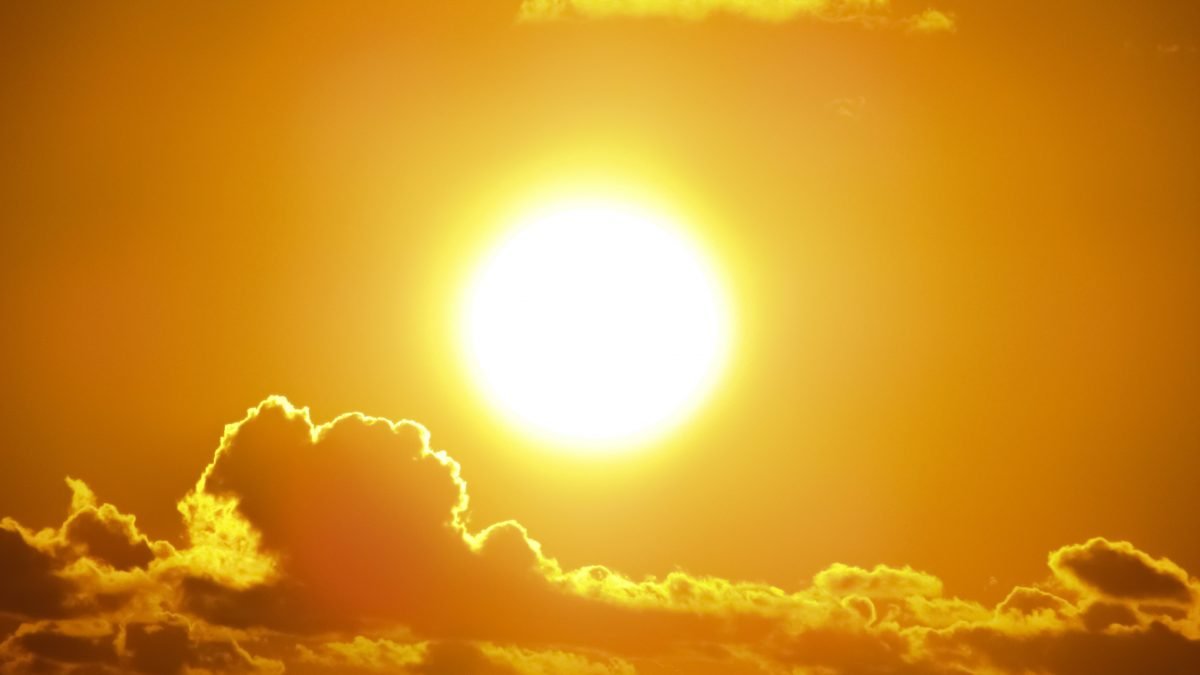Life on earth is possible due to multiple reasons. One of them being the feature of the earth to radiate back all the heat energy it receives from the sun due to which it neither cools down nor warms up. Let’s see then, how the earth maintains heat enough to sustain life:
Solar Radiation
Incoming solar radiation termed as insolation is the heat coming from the sun in the form of short wavelengths. It is unequally distributed due to the geoid shape of the earth, its rotation at a tilt of 66.5 degree North and the elliptical orbit of revolution. Aphelion (July 4) is when the earth is farthest from the sun and Perihelion (January 3) is when the earth is closest to the sun. The amount of solar radiation received by any place is also influenced by the latitude (higher the latitude, less is the solar radiation).


Heating and Cooling of the Atmosphere
The earth radiates the insolation in the form of long waves, called terrestrial radiation, which cools the surface. The atmosphere which is composed of dust particles, gases and water vapour gets heated up from below from these long waves by conduction, convection or advection.
Conduction occurs when patches of air nearest to the surface heat up by terrestrial radiation and pass on the heat to overlying layers in contact with them. When a vertical column of air is heated up, it begins to rise up and cold air rushes to take its place, forming up a convection current. Advection is similar to conduction, except the air column moves horizontally rather than vertically. The heat from the atmosphere is radiated back to outer space.


Heat Budget of the Earth
Earth does not retain heat. The temperature is completely balanced. It can be deduced that, hence
Insolation = Terrestrial Radiation.
If, Insolation received = 100 units
(While passing through the atmosphere, this is scattered or absorbed)
Top of the clouds reflect = 27 units approximately
Snow and ice-covered areas reflect = 2 units approximately
Scattered/ reflected back to space = 35 units approximately
(This reflected back is called as albedo of the earth)
Insolation - Scattered rays = Amount left
100 - 35 = 65 units insolation absorbed by the atmosphere.
Out of these 65 units,
Amount absorbed in the atmosphere = 14 units
Amount absorbed in the earth’s surface = 51 units
These 51 units are reflected back completely as terrestrial radiation.
Terrestrial radiation is reflected back as:
Directly to atmosphere = 17 units
Absorbed by the atmosphere = 34 units
Terrestrial radiation absorbed by the atmosphere = 34 units
Insolation absorbed by the atmosphere = 17 units
Total amount absorbed by atmosphere = 65 units = Insolation coming in the atmosphere.
This is how the heat budget of the earth is maintained.


Inversion of Temperature:
Temperature is affected by: Latitude/Altitude of a place: Higher the latitude/altitude; lower the temperature. The decrease in temperature with increasing elevation is called normal lapse rate. Distance from sea: Further the sea, more extreme the temperature. Sea regulates the temperature by making the temperature neither too hot nor too cold. The presence of warmer or colder ocean currents make the coastal areas warmer or colder respectively.
Usually temperature is indirectly proportional to altitude but certain weather conditions, like clear skies, still air, long winter nights, etc make temperature increase or no change occurs with the change in elevation.
Are we heating the Earth?
The answer is YES. The study of solar radiation shows how earth regulates its temperature. The unnecessary human activities adding the greenhouse gases like CFC’s, CO2 , etc is making the earth warmer than it should be. If this continues, the earth will soon become inhabitable. Remember, there’s no planet B.






